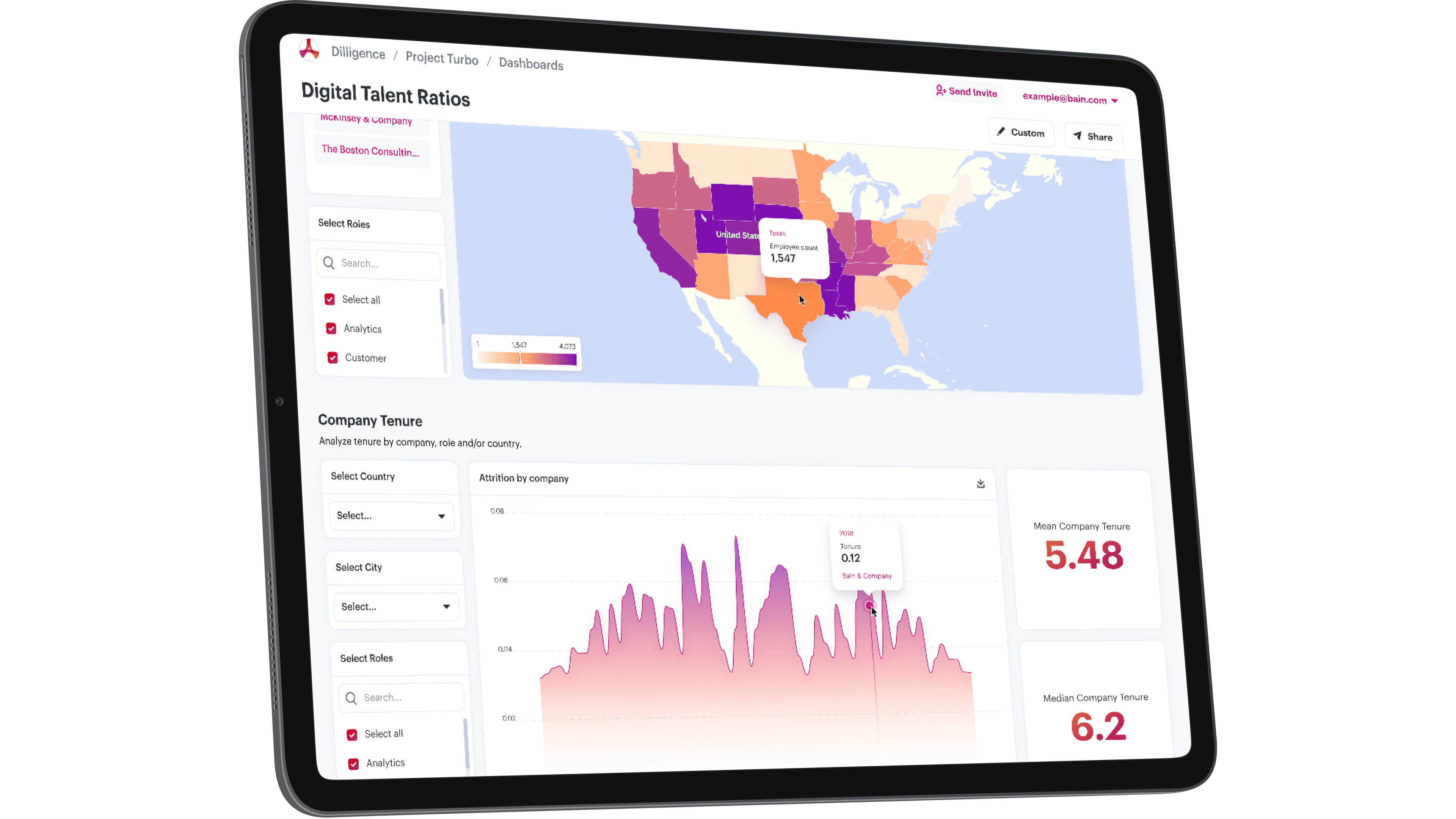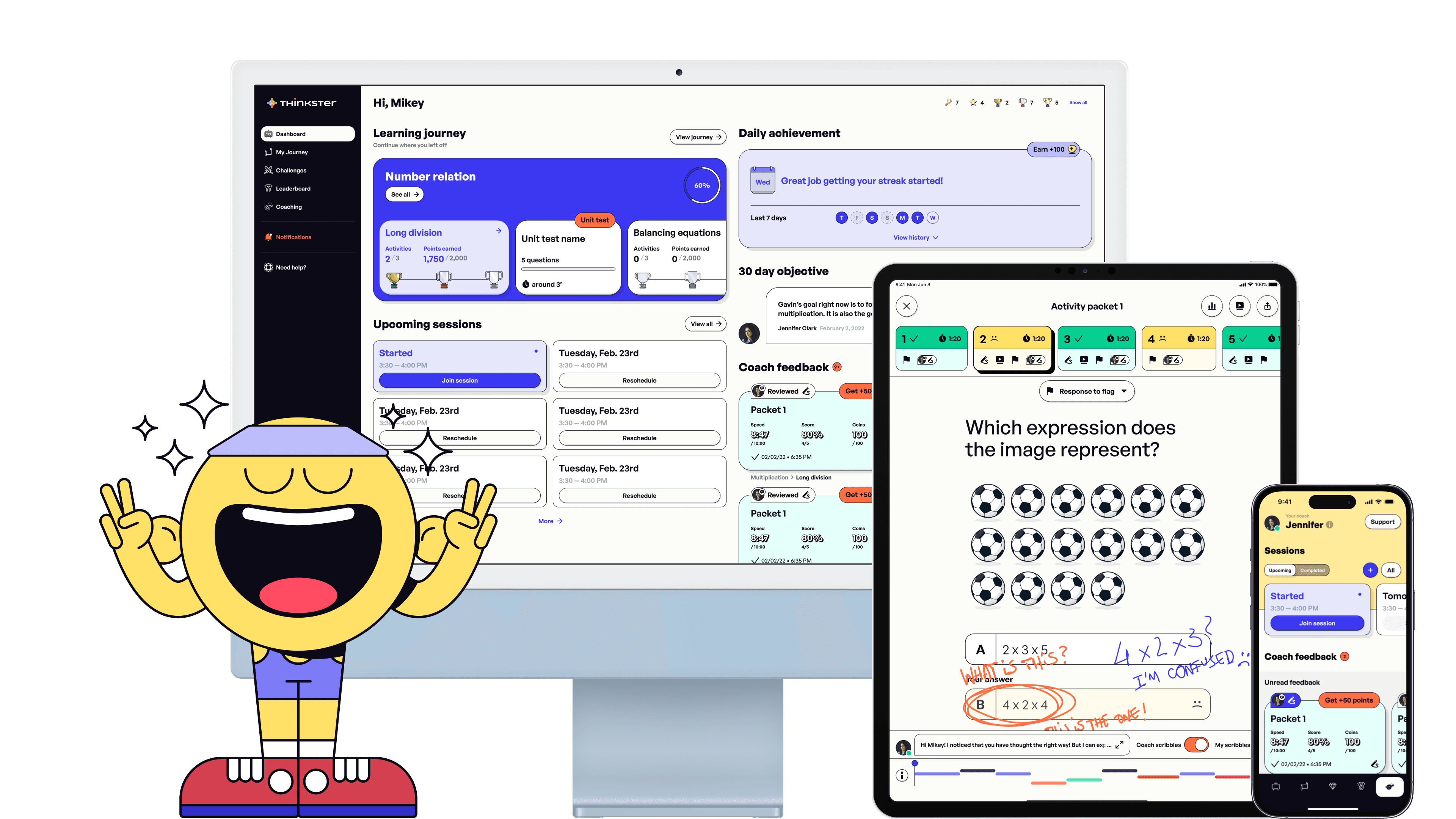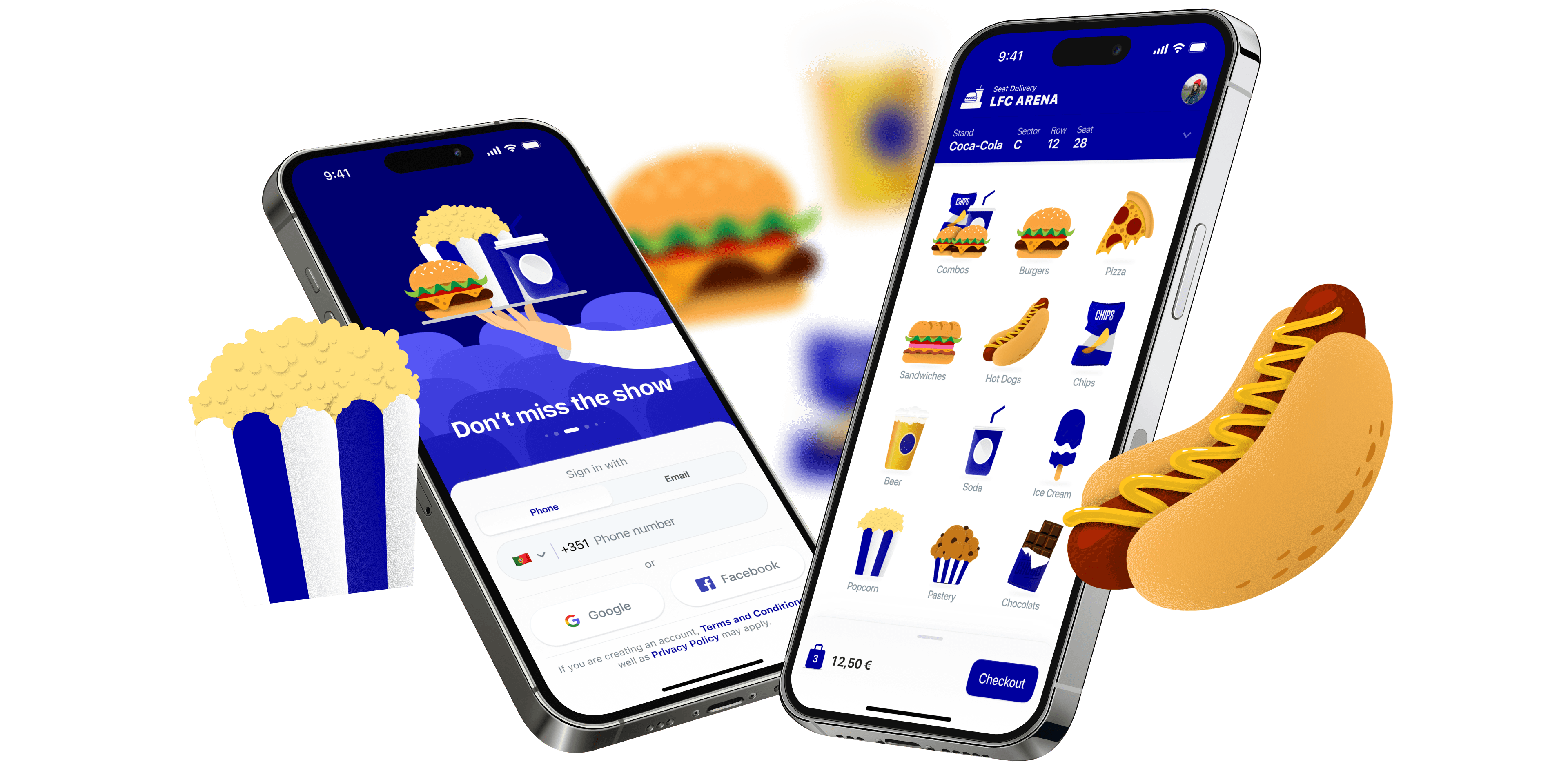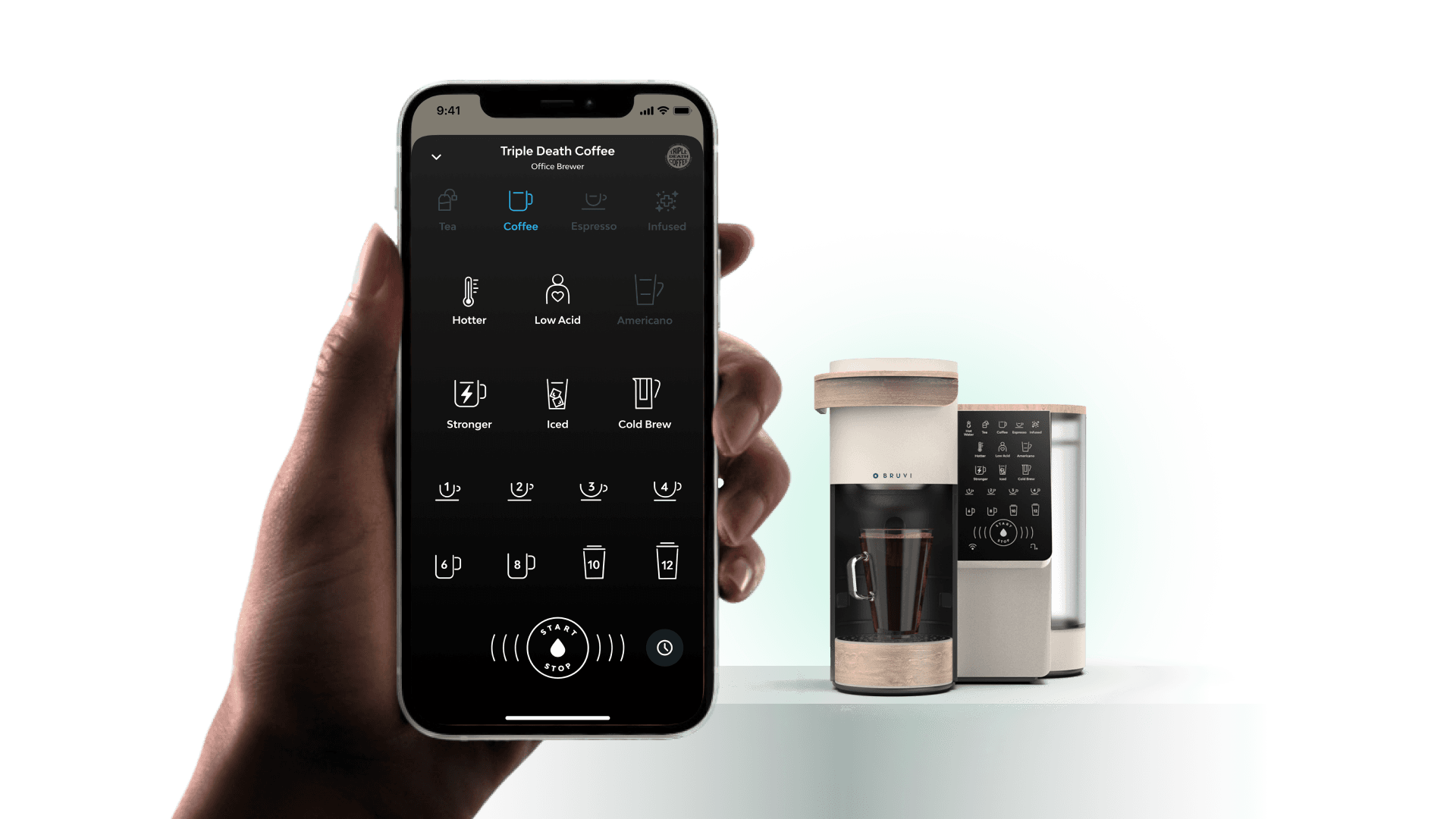TTX Nextt
Expertise
Product Design
Business Transformation
Role
Product Designer
User Researcher
Design System Manager
Deliverables
User interviews
User research
Wireframes
Hi-Fidelity Design
Design System
Problem
Managing an extensive fleet of over 170,000 freight cars spanning North America presents a formidable challenge on its own. However, the task becomes even more daunting when relying on outdated tools such as a 20-year-old platform, spreadsheets, emails, and phone calls. This archaic system not only hampers operational efficiency but also leads to unnecessary financial losses.
TTX Nextt aims to centralize and streamline this complex process. By doing so, the goal is to simplify the daily tasks of TTX operators, ultimately enhancing the distribution process and saving the company millions a year by balancing its facilities occupation. The intricate nature of this endeavor necessitates a range of features, akin to specialized applications, tailored for various operational roles. My focus lay in the 'Distribution' aspect, which empowers TTX Nextt users to efficiently manage and track damaged and defective cars, especially when such incidents are reported.
Solution
Despite having access to valuable data, TTX was not fully harnessing its potential. When a car was reported as damaged or defective, a process handled through a third-party platform, TTX operators faced the challenge of identifying the appropriate facility for dispatching the affected car. Leveraging available technology, we devised a system that operates based on the type of incident, proximity, and facility availability, instantly offering suggestions on where to dispatch the car, or multiple cars if needed. All that's required from a user is to confirm or make modifications as necessary.
Another critical issue we addressed was communication. Previously, communication was scattered across various mediums, including phone calls and emails. We introduced an activity log that meticulously tracked every update related to a specific car, including comments, consolidating all communication in one centralized location. This enhancement streamlined communication and made it significantly easier to access and verify updates.
Challenges
In many of my previous projects, I have consistently taken the approach of empathizing with users by putting myself in their shoes. Alongside user research, I rely on intuition as a product designer to guide me when formulating potential solutions. However, in this particular case, the project came with a plethora of intricate specifications that made it challenging to fully understand the user's perspective. Consequently, we initiated a series of frequent meetings with TTX operators to uncover their frustrations and needs. Our goal was to craft a solution that not only addressed their issues but was also technically feasible. This journey was demanding, but it ultimately led to a solution that could be successfully implemented while effectively addressing the user's problems.










